*Domestic pepper prices have unexpectedly rebounded today. The positive signal spread from the Central Highlands to the Southeast, causing the average purchasing price nationwide to reach 127,200 VND/kg, a sharp increase compared to the previous session.
In Gia Lai , pepper prices continue to increase positively. According to traders, the purchase price this morning increased by 2,000 VND/kg, currently reaching 126,000 VND/kg - the highest level in the past two weeks in this locality.
Similarly, the Binh Phuoc market also recorded a similar increase. The pepper price purchased here is currently 127,000 VND/kg, reflecting that the supply is showing signs of slight scarcity while export demand remains stable.
Notably, Dak Lak and Dak Nong – two key areas of the Central Highlands – both witnessed an increase of VND2,000/kg, raising pepper prices to VND128,000/kg, making these two localities the regions with the highest pepper prices in the country today.
Particularly in Ba Ria – Vung Tau, pepper prices have the most impressive increase of up to 3,000 VND/kg compared to yesterday. Currently, the purchase price at the garden is recorded at 127,000 VND/kg, clearly reflecting the strong increase in demand from processing and exporting enterprises.
According to purchasing agents, the sudden increase in pepper prices today may come from short-term buying pressure from export sources, especially in the context of domestic inventories gradually running out after many months of limited purchasing.
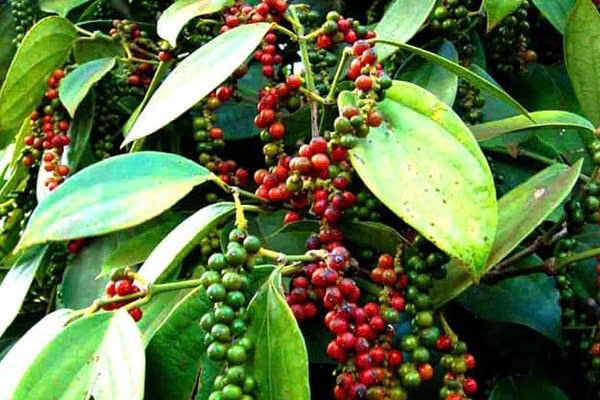 |
Pepper prices increase sharply. Illustration photo: kinhtedothi.vn |
Along with the domestic increase, world pepper prices today also show positive signs, especially in the Indonesian market.
According to the latest data from the International Pepper Community (IPC), the price of Indonesian Lampung black pepper has increased by 36 USD/ton to 7,501 USD/ton, while the price of Muntok white pepper has increased by 48 USD/ton to 10,132 USD/ton. The increase is about 0.48% and 0.47% respectively, showing a positive signal in export transactions in the Southeast Asian region.
Malaysia, after a slight decline in the previous session, has now maintained stable prices. ASTA black pepper prices were maintained at USD 9,000/ton, while ASTA white pepper prices remained at USD 11,750/ton – among the highest in the world.
In Brazil, pepper prices remained flat, unchanged from the previous session, currently at $5,850/ton. Although there are no signs of a decline, pressure from weak demand is still a factor holding back the possibility of a breakthrough in the South American market.
In Vietnam alone, the export market has remained stable in recent sessions. The export price of 500g/l black pepper is currently trading at 5,800 USD/ton, and 550g/l at 5,900 USD/ton. The price of white pepper remains at 8,800 USD/ton - a level considered suitable for the ordering trend from European and Middle Eastern markets.
*Domestic coffee prices today continued to record a second consecutive sharp decline. Compared to the previous session, purchasing prices in the Central Highlands provinces simultaneously decreased by 3,700 - 4,000 VND/kg, pushing the general level down to 90,900 VND/kg - the lowest in June so far.
In Dak Lak, one of the country’s key coffee growing regions, coffee prices have dropped sharply to VND91,000/kg, after losing another VND3,900 compared to yesterday. This is the lowest price in this locality since late April.
A similar situation is also occurring in Gia Lai, where the purchase price is now only 90,800 VND/kg. Although the decrease is lower than in some other places, the continuous downward trend is putting great pressure on farmers.
In Lam Dong, coffee prices are currently trading at VND90,500/kg, down VND4,000 from the previous session – the highest drop recorded in the region. Some areas near Bao Loc and Di Linh districts said prices have fallen close to VND90,000/kg due to a sharp increase in sales after last week’s price increase.
In Dak Nong alone, the price remained at 91,000 VND/kg, but this level dropped sharply by nearly 4,000 VND in just 48 hours, reflecting the rapid adjustment speed of the market in the context of lack of support from exports.
According to business circles, the main reason for this decline is the surge in selling pressure from farmers and dealers while new export orders from Europe and the US have not yet restarted after the holidays.
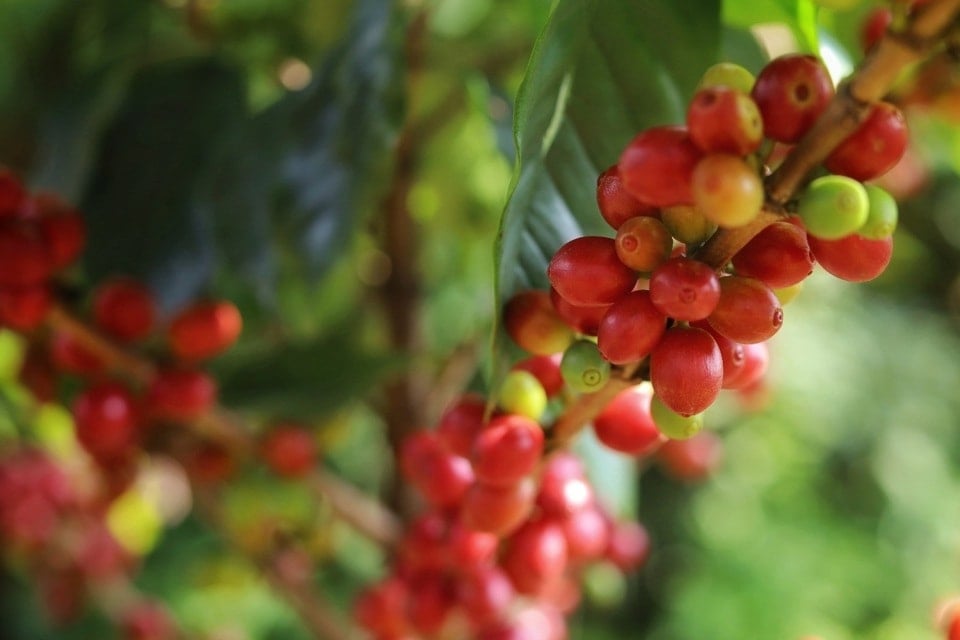 |
Coffee prices drop sharply. Illustration photo: kinhtedothi.vn |
In the world market, Robusta and Arabica coffee prices both fluctuated slightly after two sessions of deep decline. However, experts assessed that this was only a short-term technical reaction, not showing clear signs of recovery.
On the London floor, Robusta coffee prices increased slightly, ranging from 3,345 to 3,551 USD/ton, reflecting technical recovery after hitting lows in the last two sessions. Specifically, the delivery period for September 2025 is 3,551 USD/ton, November 2025 is 3,500 USD/ton, January 2026 is 3,447 USD/ton, March 2026 is 3,420 USD/ton; May 2026 is 3,359 USD/ton.
Prices, although up, are still significantly lower than last week's average.
On the New York Stock Exchange, Arabica coffee prices continued to “tug of war” between trading periods. Fluctuations only fluctuated within a narrow range of 286.45 – 305.80 cents/lb, indicating that the market was still probing the bottom after a deep decline. Specific levels were 304.15 cents/lb for September 2025 delivery, 298.60 cents/lb for December 2025, 293.55 cents/lb for March 2026, and 289.85 cents/lb for May 2026.
Some experts predict that US interest rate volatility and China's slow recovery will continue to be key factors affecting both coffees in the international market in the short term.
Although the market is showing signs of a temporary slowdown, experts recommend that growers and businesses should be cautious with short-term fluctuations in the coffee market.
VIET CHUNG
* Please visit the Economics section to see related news and articles.
Source: https://baodaknong.vn/ban-tin-nong-san-hom-nay-27-6-gia-ho-tieu-tang-manh-256856.html







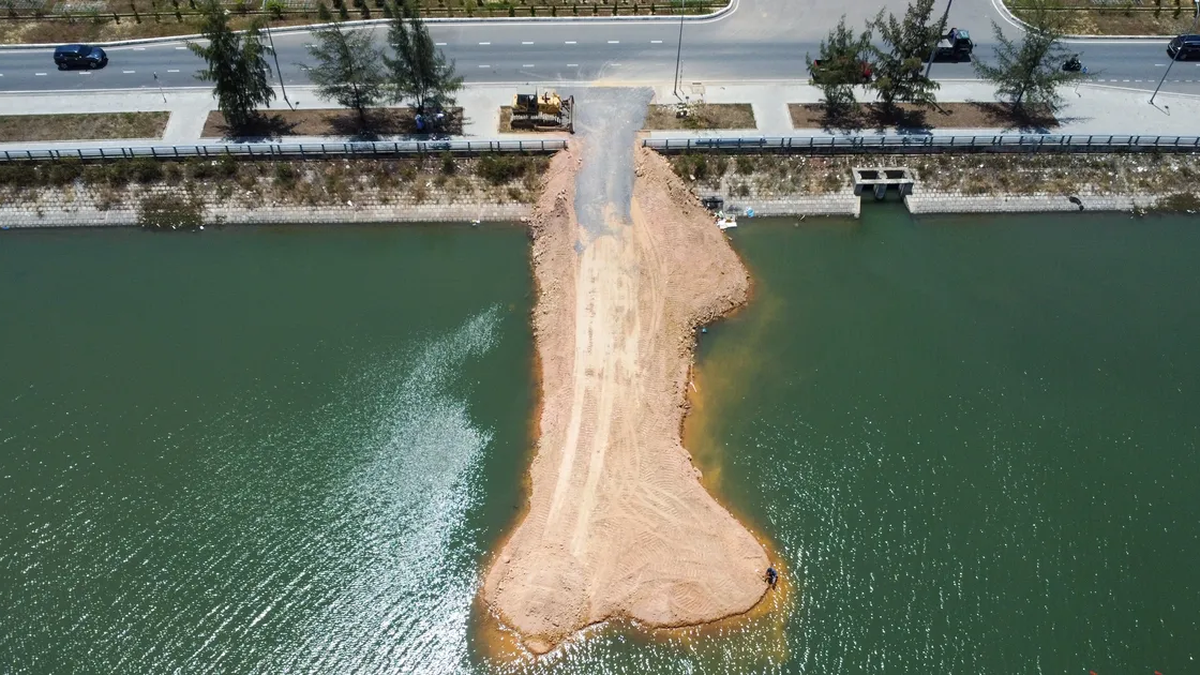























































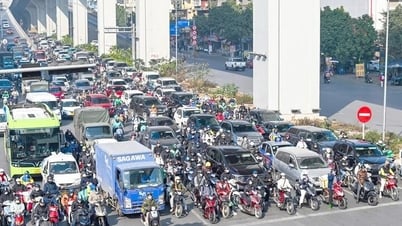








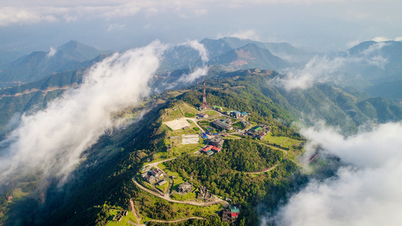


















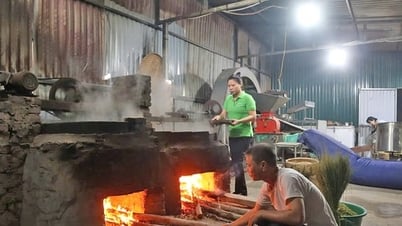












Comment (0)